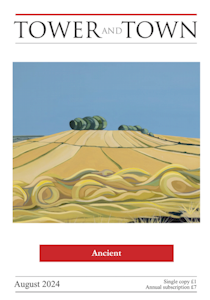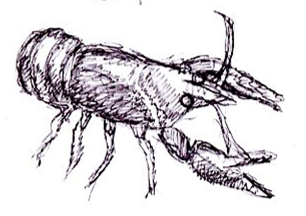

Tower and Town, August 2024 (view the full edition) (view the full edition)Ancient WildlifeThe area around Marlborough is dotted with evidence of ancient human activity from Avebury World Heritage Site to the Ridgeway. It is a landscape that we have shaped and managed for thousands of years. Despite all this interference, remnants of ancient habitat cling on. Perhaps most notable are the expanses of ancient woodland such as Savernake Forest with the 1,000 year old Big Belly Oak. Ancient trees such as this provide habitat for innumerable species of lichen, fungi, invertebrates, as well as rare mammals such as the Bechstein's bat and birds like the lesser spotted woodpecker. There are also scattered patches of chalk grassland, thought to be some of our most ancient grasslands. Sitting on soils free from agricultural 'improvement', these are home to orchids, butterflies and the unmistakeable song and flight of the skylark.  Fragments of ancient habitat such as this give us a glimpse of what the landscape would've been like for our ancestors. Prior to the arrival of farming culture around 6,000 years ago, Britain had been occupied by groups of hunter gatherers who eked a living in a mosaic of habitats. They would have gathered fruits, nuts and berries from woodlands and scrub, and picked their way through chalk streams catching fish and collecting white clawed crayfish (above). They would have stalked large hoofed mammals, like the now long extinct mighty auroch (a species of wild cattle - right), from the edge of grassland clearings, competing with (and defending themselves from!) large predators such as wolves and bears. Whilst the landscape is now very different, in locations where ancient habitat clings on, it is possible to gain an appreciation of, and connection to, those pre-agricultural humans and environments. The flora and fauna is of course significantly depleted. The insects do not buzz in the grassland with the volume they once did and the birds do not call from the woodlands with as many different voices. Large mammals have been replaced by domestic varieties and badgers are now Britain's largest land predators. However, if we can encourage the connection of people with these ancient habitats then there is hope for their protection and wider restoration for future generations.  Drawings by James Bumphrey James Bumphrey |